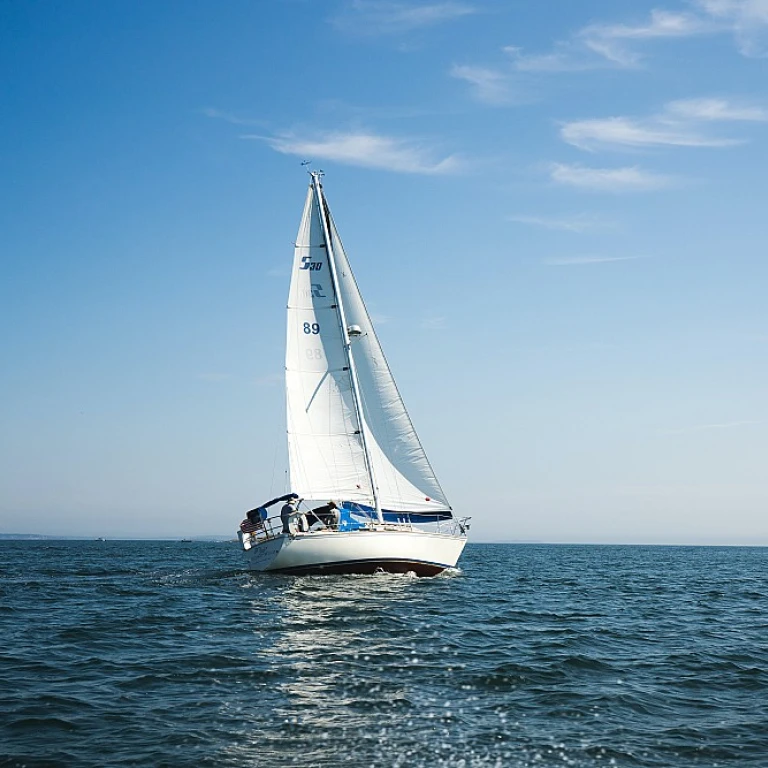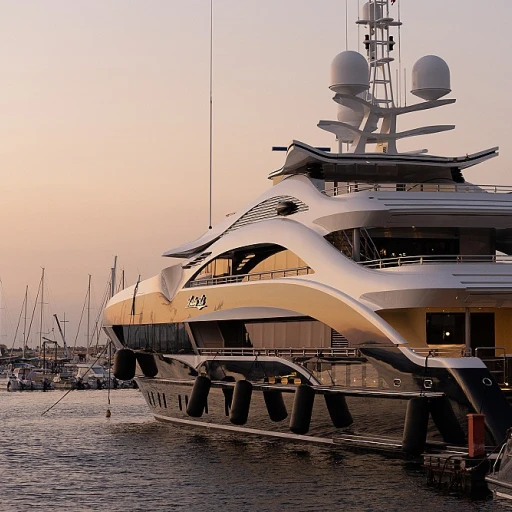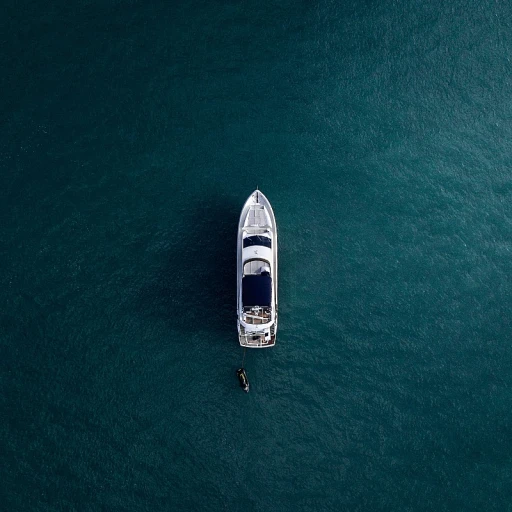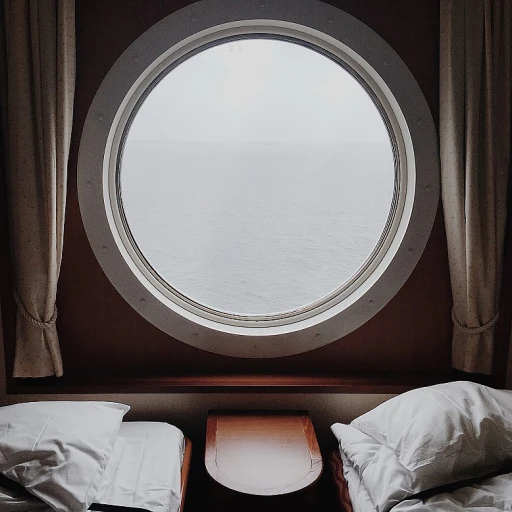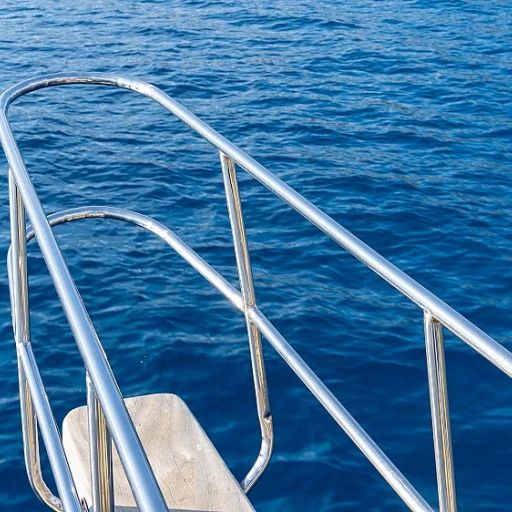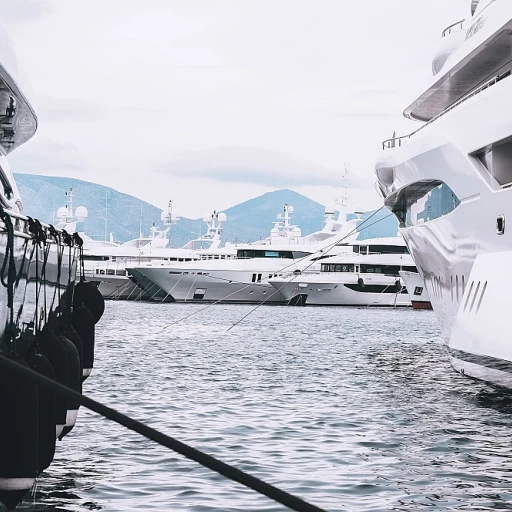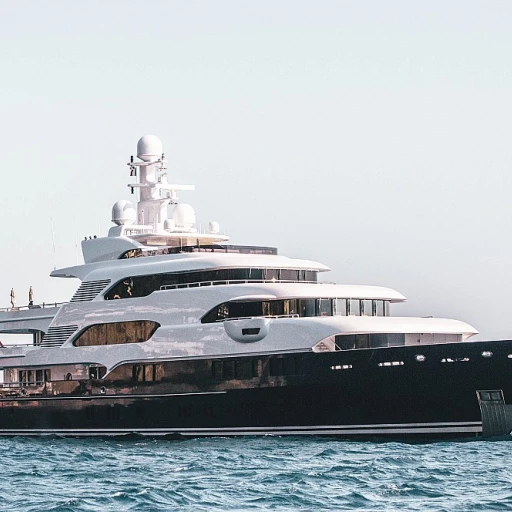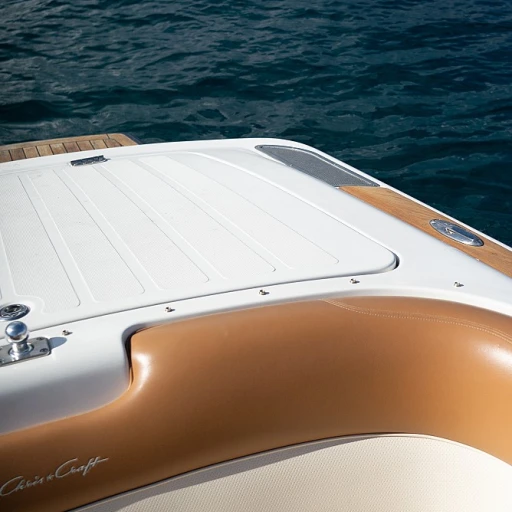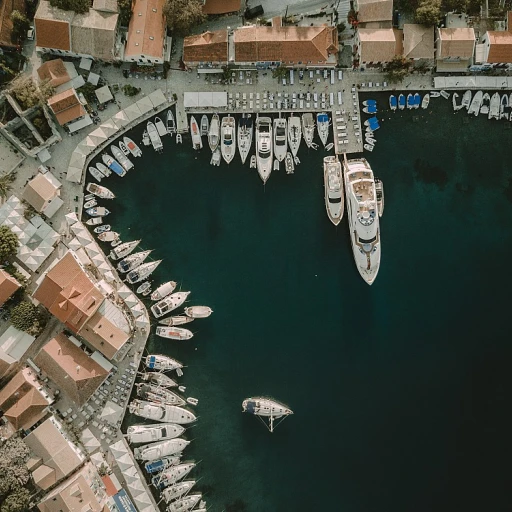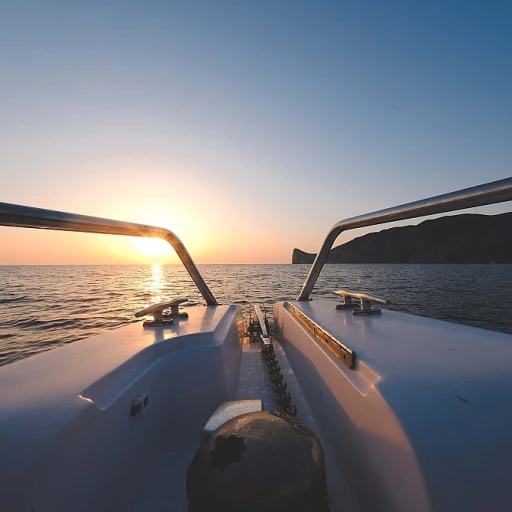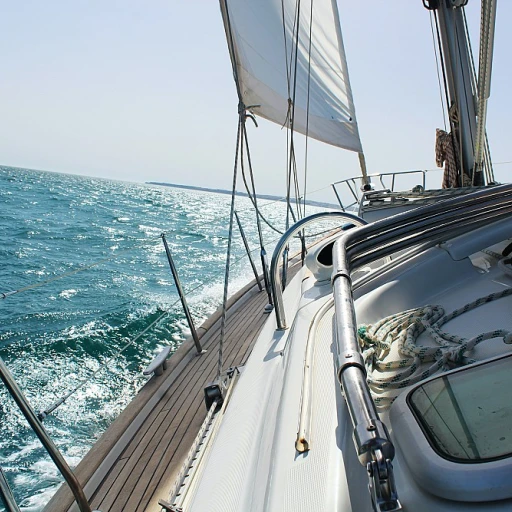
The Hull: Foundation of Stability
Unveiling the Core of Stability and Design
When setting sail on your yacht, the hull stands as the quintessential foundation of both stability and design. Entrenched within the anatomy of any vessel, the hull is a central component that defines how the boat interacts with the water. It's an element that not only affects the aesthetic appeal but also influences performance, efficiency, and safety. Crafted meticulously, the hull ranges from monococque designs to advanced catamarans and luxury yacht hulls. Each plays a significant role in ensuring smooth, steady nautical travel across miles of open sea. Whether maneuvering into a yacht port or cutting through waves with elegance, the hull's shape, mass, and structural integrity are crucial. From the bow to the fervent realm where the hull meets the stern, it combines with elements like the deck yacht and motor yacht propulsion systems to offer a cohesive sailing experience. Its design - elegant yet robust - serves as a canvas for the rest of the vessel, from the intricate deck layout to the more advanced navigation and electronics systems deployed across the main deck. Indeed, in understanding the hull’s significance within yacht components, attention extends to thru hull fittings which play a pivotal role in maintaining the vessel’s water integrity. These seemingly minor fittings connect critical systems, emphasizing the complexity and precision required in crafting an effective hull design. A journey aboard a yacht is as much about the hidden intricacies beneath the surface as it is about above-deck luxury, manifesting the yacht's true character and durability.Deck Layout: Functionality and Design
Strategic Layouts for Optimal Functionality
The deck acts as the stage for both the operational and leisure aspects of a yacht. From the main deck to the bridge deck, each segment is designed with precision to enhance both the functionality and enjoyment offered by these luxurious vessels. The choices in deck layout significantly influence the overall experience on the water. A key feature to consider is the seamless integration of design and function. Yachts are often equipped with deck yacht elements that balance operational needs and aesthetics. For example, the helm steering and helm positions are often centrally located to provide comprehensive visibility while sailing, ensuring both the crew and captain can maneuver the yacht efficiently through nautical miles. Moreover, when considering the bow to stern flow, it is crucial to think about ease of movement. Efficient layouts will often see a clear path from the bow, which is the front boat area, to the stern, or the back of the yacht. Such strategic design ensures the crew can perform tasks efficiently without unnecessary hindrance. The placement of facilities like the swim platform and head (or bathroom) on the main deck is another consideration that contributes to functionality. The deck’s design must accommodate these while maintaining the yacht's overall stability, a consideration that ties back to the hull's design. Especially for luxury yachts, where space is slightly more generous, the layout tends to feature expansive main salons and options for alfresco dining or lounging. Crucial to these designs is providing a feeling of openness while also ensuring privacy and comfort for all aboard. Whether a motor yacht or sailing vessel, the optimization of the deck layout remains a leading concern. Indeed, those seeking an innovative approach may find new ways to enhance the deck with innovative light bars which can transform evening settings, adding both visibility and ambiance. In summary, thoroughly planning the deck's layout is an intricate part of yacht design that dramatically impacts a vessel's operational capability and the overall enjoyment of those on board during their nautical adventures.Sails and Rigging: Power and Performance
Harnessing the Wind: Sails and Rigging
When it comes to yachts, sails and rigging are critical in translating the wind's energy into movement. These components not only define the vessel's character but also its performance on water. The rigging refers to the complex system of masts, yards, sails, and cordage used aboard a boat to harness the wind, and it demands careful attention and expertise.
The design of a yacht's sails and rigging can significantly impact its speed, handling, and overall functionality. A well-designed rigging system enhances the performance of the yacht, whether it's navigating through gentle coastal waters or tackling the challenges of the open sea. Proper rigging is also vital for maintaining the vessel's stability, particularly in rough conditions.
The sails are a yacht’s main source of power when not relying on motors. Sails come in various configurations and materials, each serving a specific nautical purpose. The mainsail, the largest on the main mast, catches the wind and pushes the yacht forward. Its size and shape determine how much wind can be harnessed, influencing the speed and handling of the vessel. The jib, a triangular sail located at the front boat part called the bow, works in harmony with the mainsail, optimizing aerodynamic efficiency.
On the bridge deck, the helm steering plays a critical role in ensuring the yacht remains on course, with the crew adjusting sails based on wind conditions and desired travel direction. Expertise in handling sails and rigging cannot be overstated, as they are essential for efficient yacht navigation.
The complexity of these systems and their strategic design expresses the delicate balance necessary to achieve refined nautical efficiency. Whether aspiring to cruise a literal nautical mile or aiming for competitive racing, understanding the intricacies of sails and rigging is crucial. It's essential to select appropriate materials, understand the dynamic relationship between different parts, and maintain these vital components to ensure a safe and exhilarating yachting experience. For those passionate about maximizing vessel performance under wind power, choosing the ideal anchor for lake boating is equally important to keep the vessel steady at rest.

